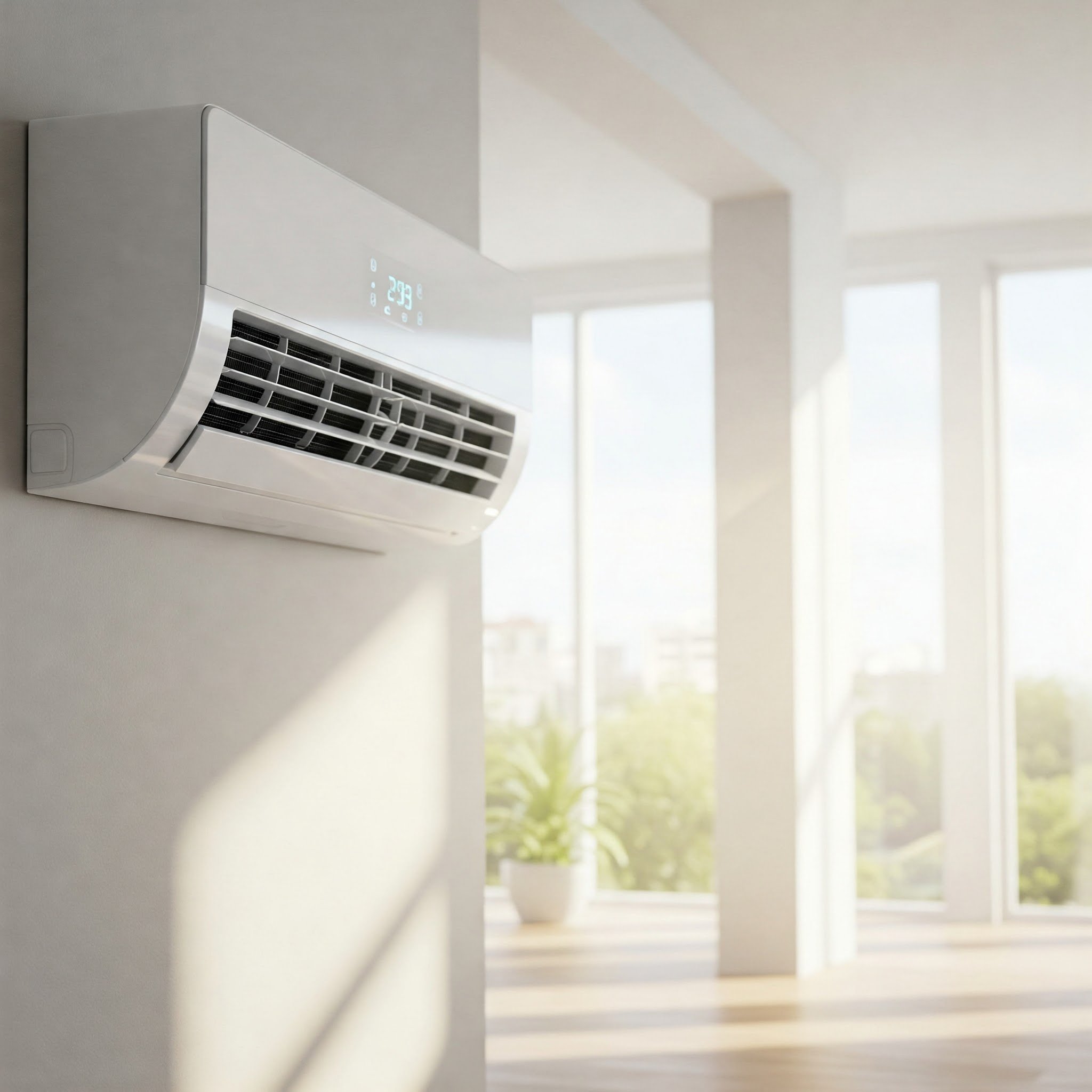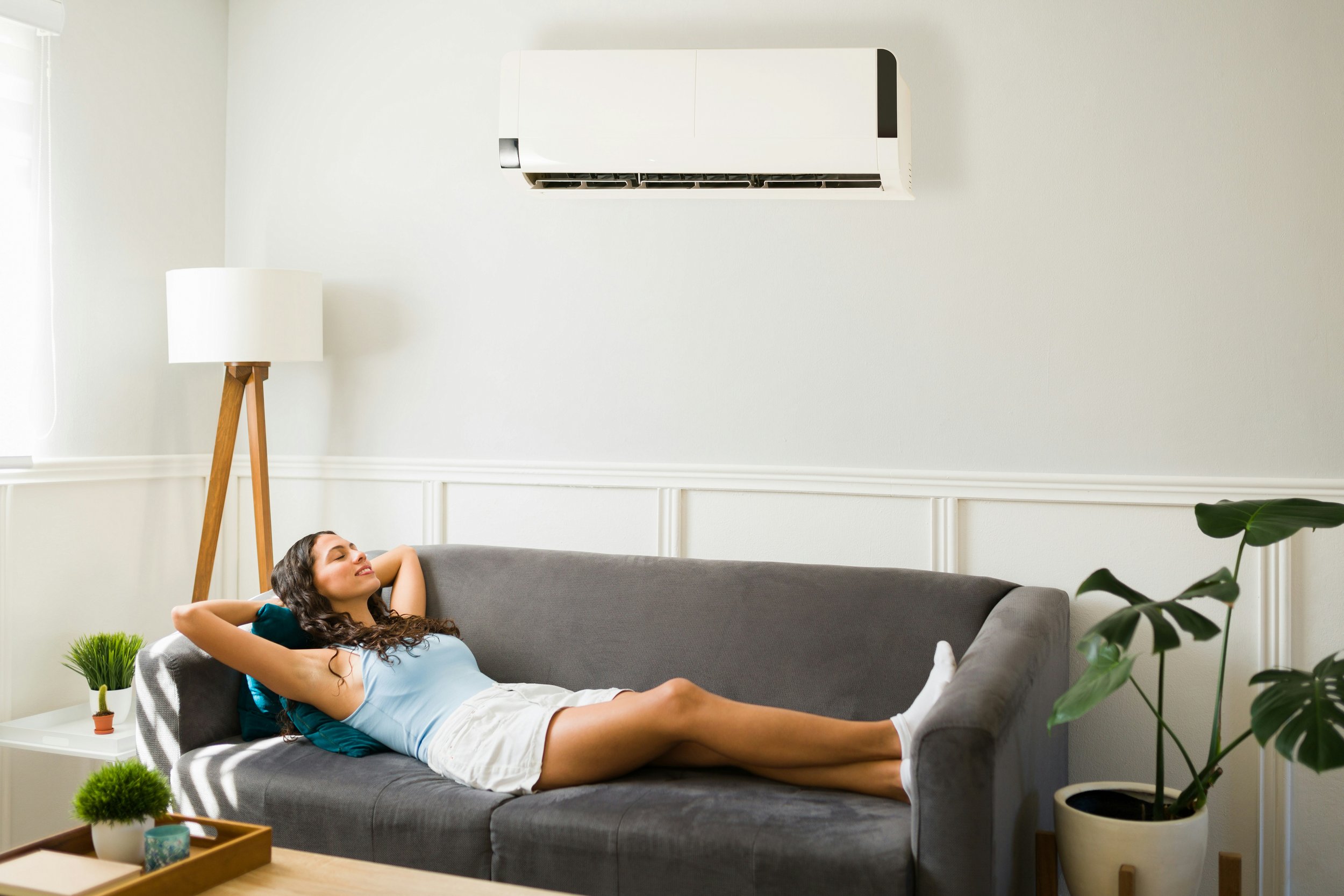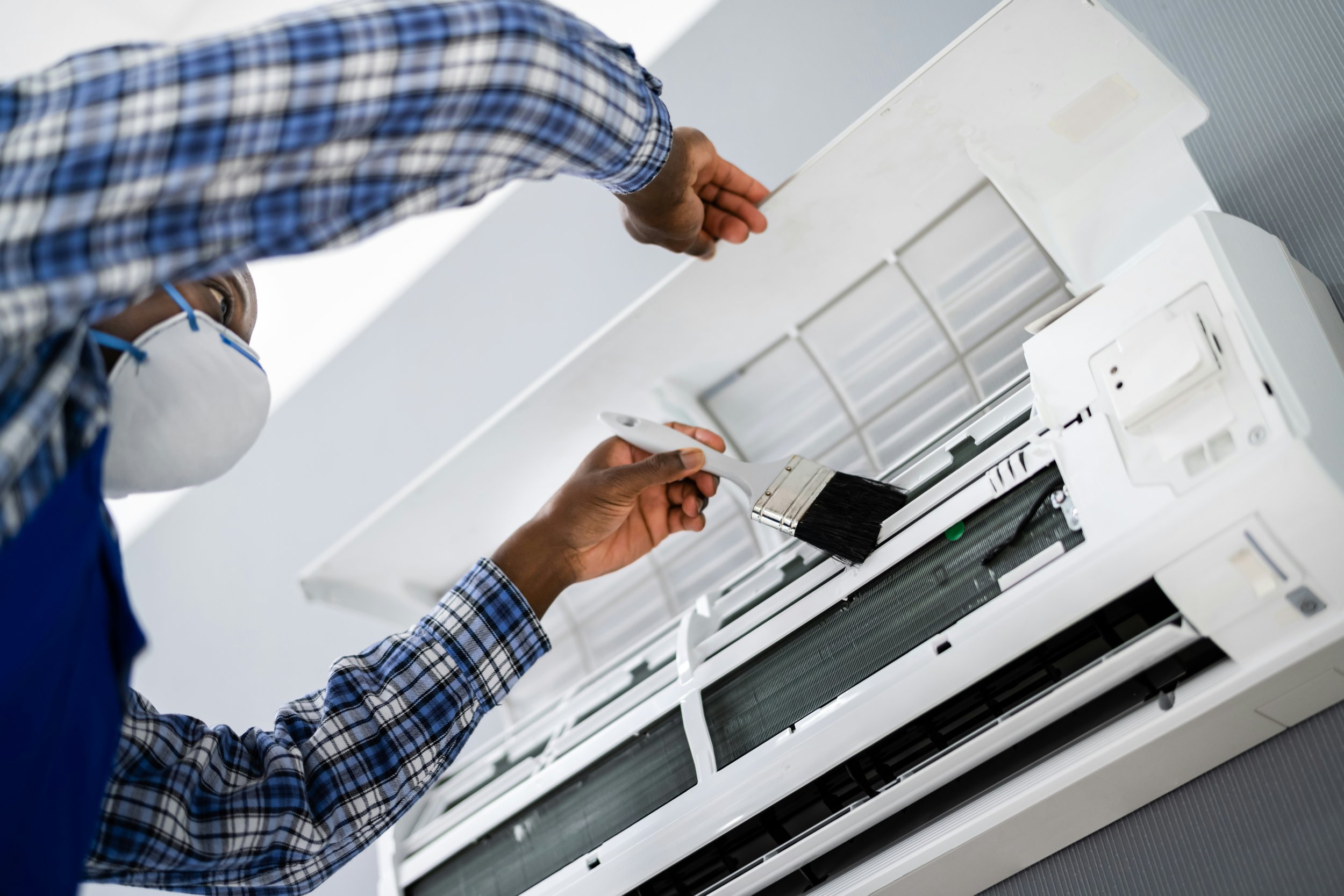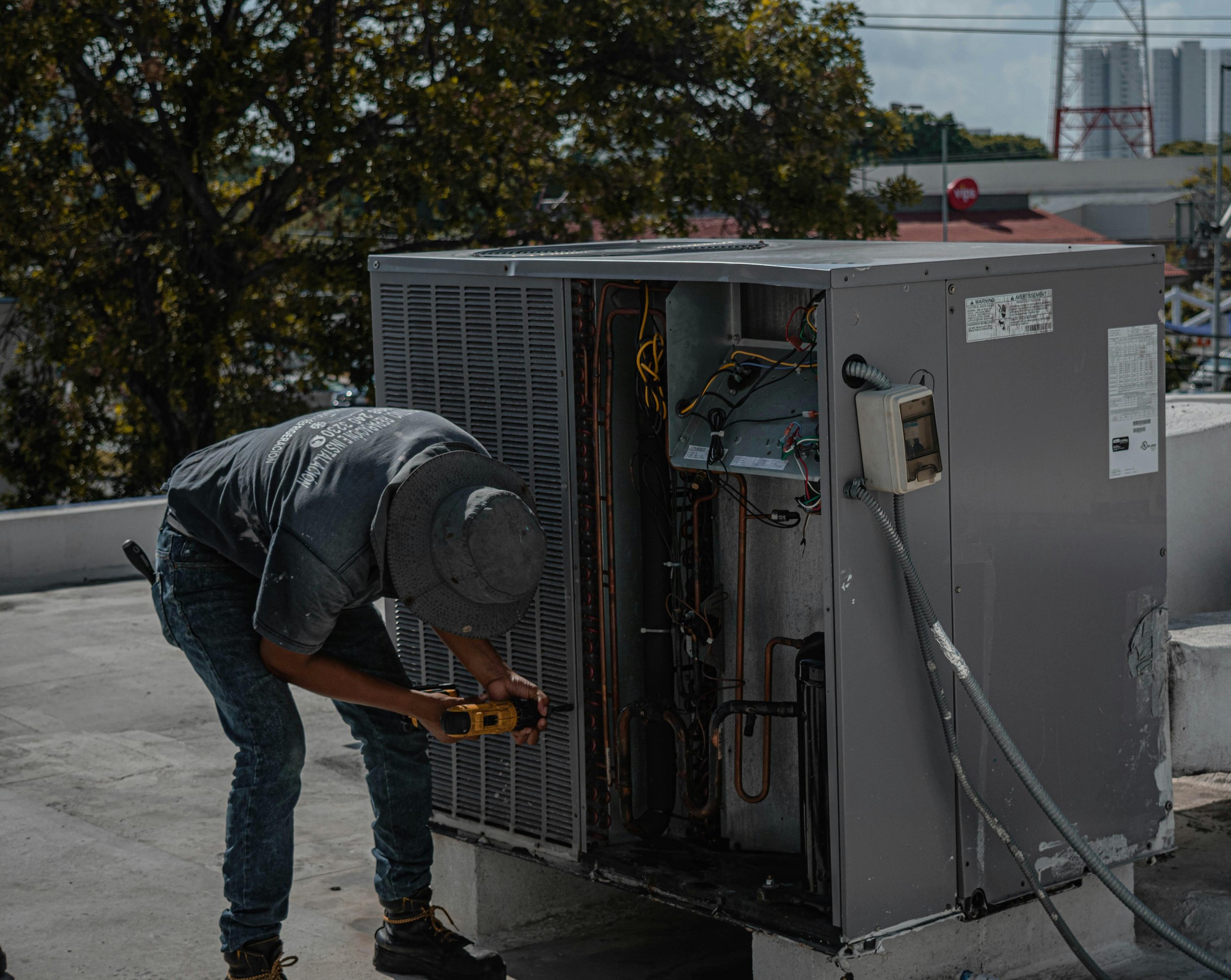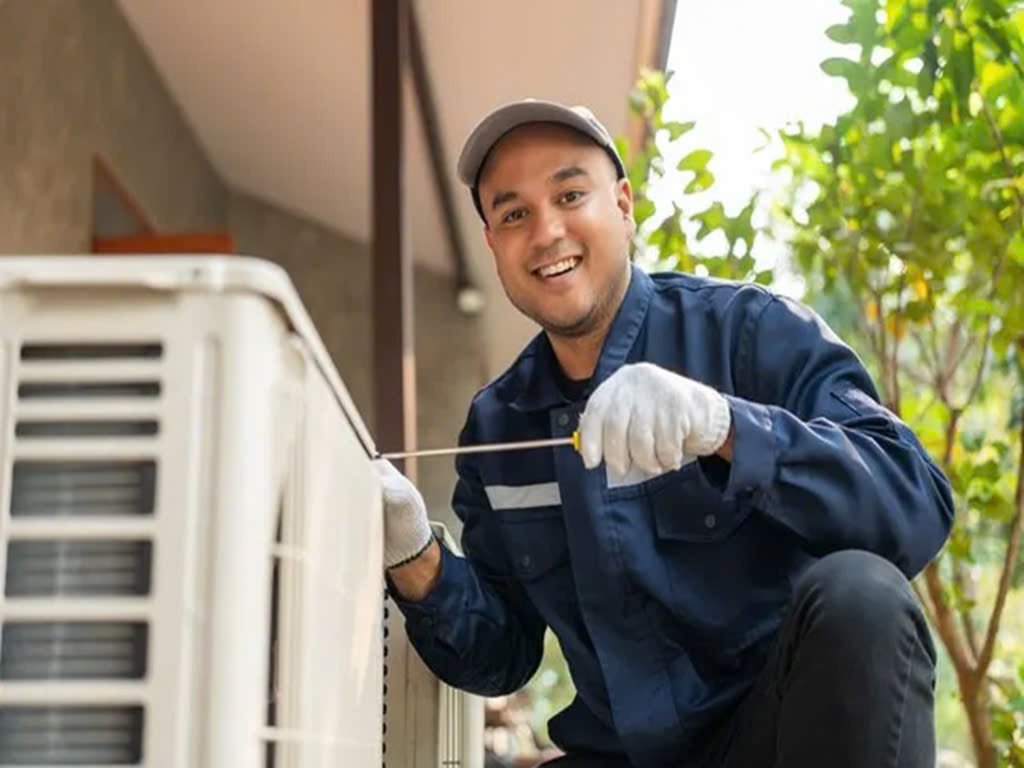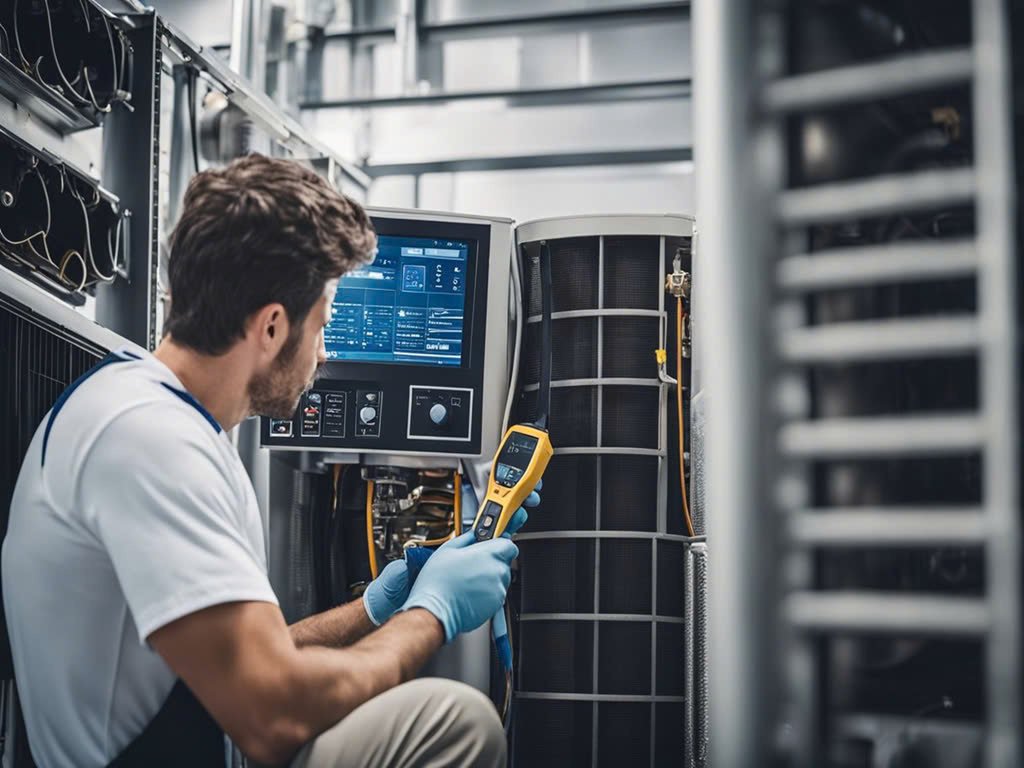How to Upgrade Your Home with Sustainable HVAC Systems
Upgrade your home with sustainable HVAC systems to improve energy efficiency, reduce costs, and create a more eco-friendly living space.
Eco-friendly HVAC systems make a significant difference in reducing your home's carbon footprint. They can enhance energy efficiency and also lower utility bills, so this tech really does represent a smart choice for modern living spaces. With that in mind, here’s a look at how you can make the leap to a greener HVAC setup.
Choosing Energy-Efficient HVAC Models
Selecting the right HVAC system is the first step to enhancing home efficiency. Key features to look for include:
Variable speed technology, which ensures consistent temperatures and reduces energy use.
Zoned heating and cooling, which targets specific areas in your home, improving comfort and efficiency.
Dual fuel systems, which can automatically switch between electricity and gas based on outdoor temperatures.
Moreover, check for systems with high SEER ratings. They indicate better performance during peak cooling periods.
Also, consider maintenance requirements. Proper upkeep extends the lifespan and maintains the efficiency of these systems. If you’re interested in gaining in-depth knowledge of how HVAC systems work, consider attending an HVACR trade school. There, you can acquire the specialized skills required for installing and maintaining energy-efficient systems. This could open the door to a rewarding career path, especially if it aligns with your personal goals.
Lastly, be aware that opting for an eco-friendly model may initially cost more but save money long-term by lowering energy bills, so don’t skimp upfront.
Smart Thermostats at the Heart of a Green Home
Incorporating smart thermostats from brands like Nest and Ecobee can significantly enhance your HVAC system's efficiency.
These devices offer several advantages, including:
Learning algorithms, which adapt to your schedule, automatically optimize heating and cooling.
Remote control via smartphones allows adjustments on the go, increasing convenience and saving energy.
Integration with other smart home devices to create a cohesive ecosystem that works in tandem for optimal performance.
Smart thermostats also provide real-time energy consumption data. This feature enables informed decisions about usage patterns.
Plus, they send maintenance reminders when it's time for service or filter changes. It keeps systems running without issue for longer.
Investing in this technology often leads to noticeable reductions in utility bills by fine-tuning temperature settings according to needs without wasting resources. So embracing these small innovations reaps significant rewards over time.
Insulation's Role in Sustainable HVAC Efficiency
Proper insulation is vital for maintaining an efficient HVAC system. It acts as a barrier that keeps conditioned air inside and external elements out.
It's important because it:
Reduces energy consumption by minimizing heat loss during winter and keeping the home cool in summer.
Lowers utility bills by improving the overall efficiency of heating and cooling systems.
Enhances indoor comfort, providing consistent temperatures throughout the house.
Insulating key areas makes a big difference. For instance:
In attics, it prevents warm air from escaping upwards during colder months.
In walls, it helps maintain internal climate control regardless of outdoor conditions.
Also consider using eco-friendly materials like recycled denim or cellulose, which offer sustainable solutions while being effective insulators.
Incorporating Sustainable Home Decor with HVAC Upgrades
When upgrading to a sustainable HVAC system, it’s worth looking into how home decor choices can complement your efforts. Thoughtful decor enhances both energy efficiency and aesthetic appeal.
For instance, strategically placed rugs insulate floors, reducing heat loss during winter. This simple addition not only boosts comfort but also assists in maintaining indoor temperature.
Using thermal curtains also helps here, as this will control the amount of sunlight entering a room. They keep rooms cooler in summer and retain warmth during colder months.
Moreover, decorative plants are proven to improve air quality naturally by absorbing pollutants (even if this is only a small impact) and releasing oxygen, enhancing the overall ambiance.
Lastly, selecting materials made from natural fibers like bamboo or organic cotton contributes to eco-friendliness while offering durability and a number of style options.
Wrapping Up
In short, if your HVAC setup is a little long in the tooth, now is the time to make a change. With sustainable new models, or older gear retrofitted with smart thermostats and complemented with clever decor choices, you’ll save money and the planet simultaneously.
Stay up to date with our latest ideas!
Exclusive deals just for our readers! Click below to unlock special offers and elevate your shopping experience!

